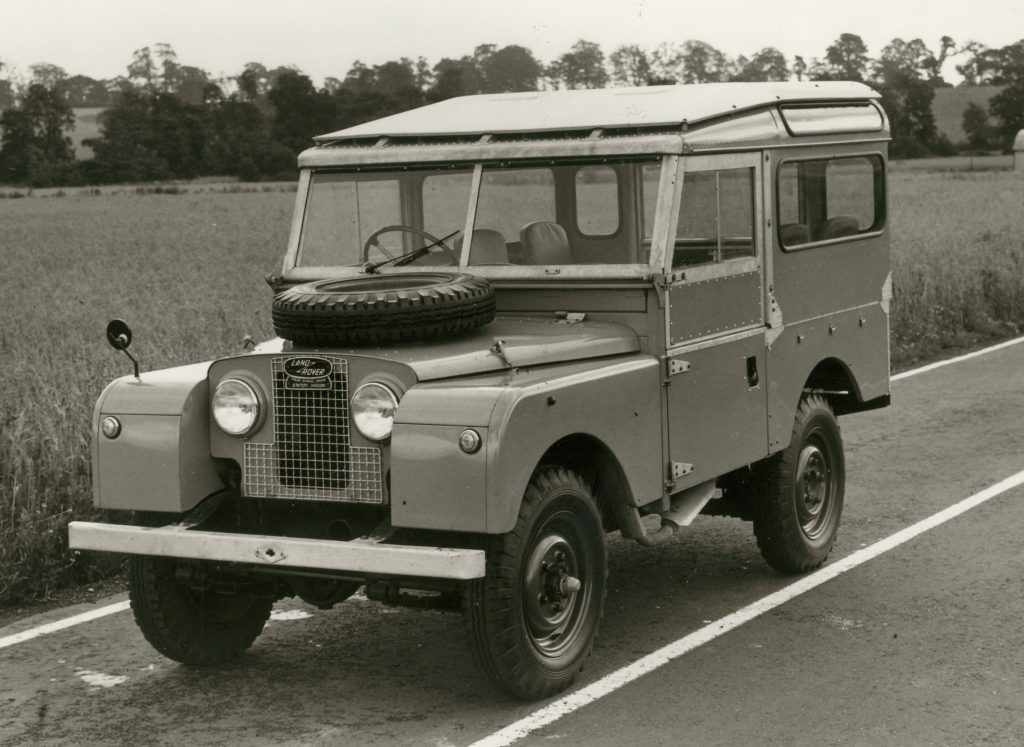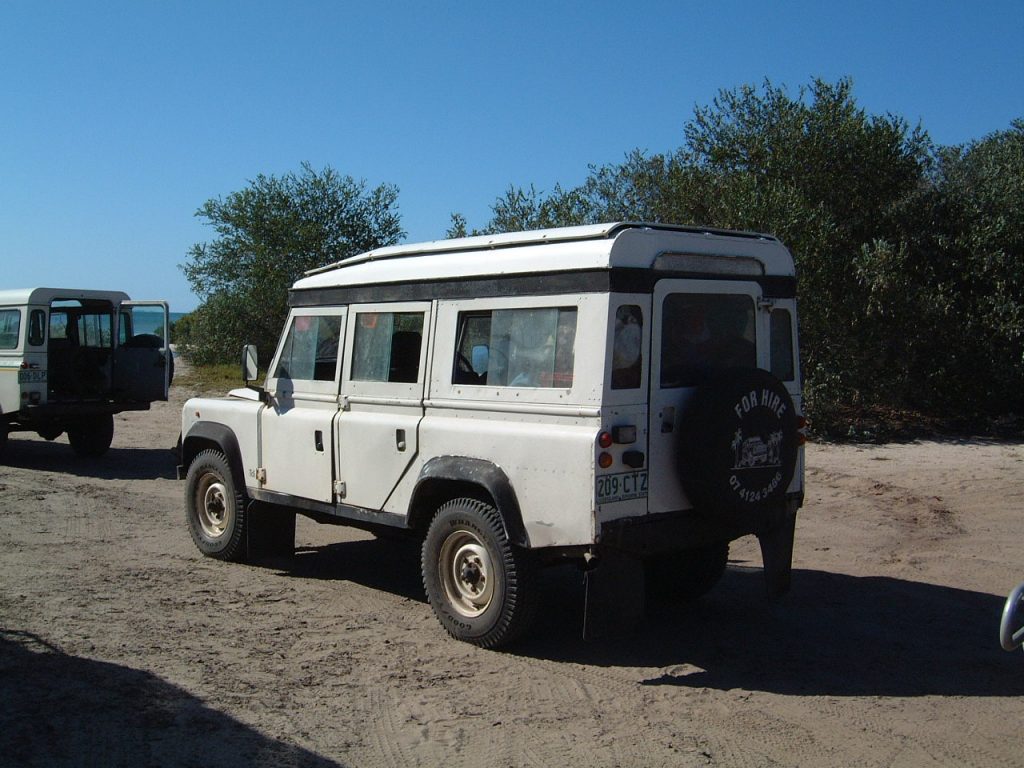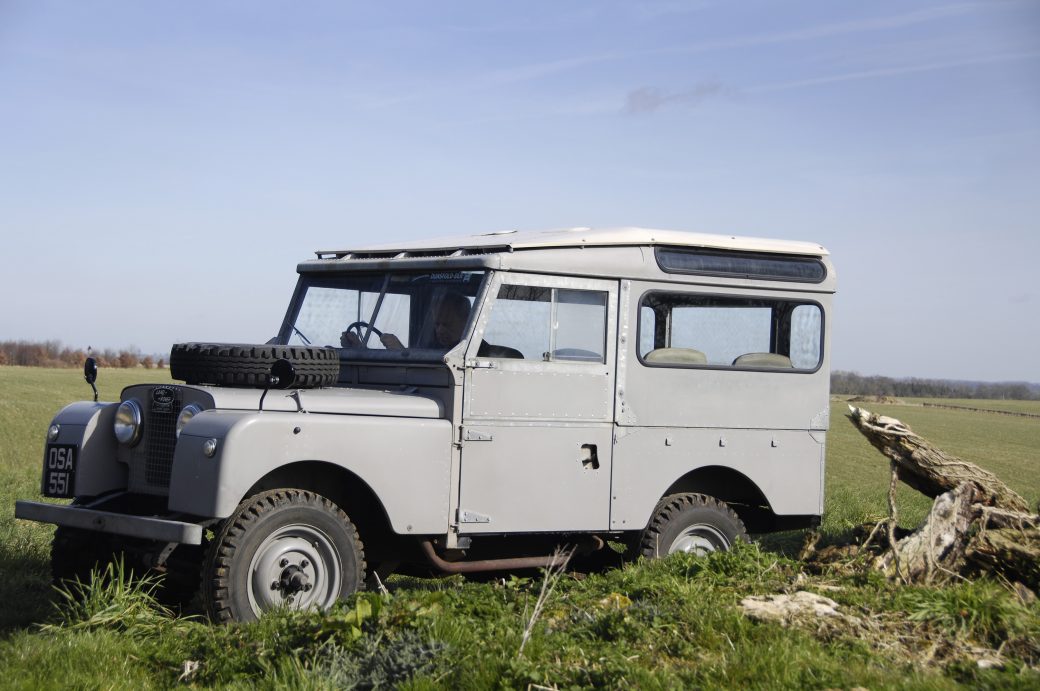Fresh air. Just open a window, right? Not necessarily. On most cars far enough in the past, fresh air was available direct from the windscreen. Rather rudimentary solutions like simply opening a windscreen panel outwards evolved into dedicated vents. Today, fresh air isn’t sterile enough to be permitted into modern, electronically climate-controlled interiors, and the lack of its provision is assured. Just open a window, if you really must.

Land-Rover didn’t see it like this. Ever one to take a tricky, impractical design idea and make it into a distinctive, practical feature, a result of some old-fashioned ingenuity at the time of presenting the refined 1955 ‘Station Wagon’ was the ‘Safari’ roof. Adding passenger comfort that was visibly obvious from the outside, it was a thin aluminium skin was elevated just above the roof, allowing a layer of cool air to circulate between the two. The idea was to reduce the transfer of heat into the cabin.
Where’s the fresh air, you ask? Well, it was an option of course. Four vents could be fitted to the roof’s interior that would direct that cool air into the cabin, towards the rear passengers. Or hot air out of, and away from those passengers. That can be particularly important when those mountains throw weather systems at you, as if to banish the steel intruder. Unleash whatever the Series heater can muster and those fresh air vents will help dissipate the condensation and heat in turn. No need for careful window ajar-ing.

‘Alpine’ windows, particularly iconic on the later Discovery, were also optional with this roof, providing on-the-move views of that mountainous expedition scenery. Such pleasantries might have even distracted passengers, for a moment, from the painfully square rear benches.
It is a fragile structure, however, so leaping up onto the roof for that photo or macho scouting pose isn’t so consequence-free as on the standard arrangement. Even smaller impacts can create dents that will haunt perfectionists’ dreams. I suppose that’s a secondary purpose decided for a roof-rack then.
It was all rosy, dreamy, questionable utility until the new 90/110 came along and the Series Land Rovers, along with the Safari roof, were pushed aside for progress. Henceforth, only effective climate solutions were considered; something about compressed, condensed, conditioned air I think. There was even an improved heater! The horror.
There is an endearing quality to the idiosyncratic Safari roof, something that transcends measurable utility, and, like all their best features, is unmistakably Land-Rover.

If you enjoyed this article, why not check out some others?
– and stay tuned for more in the Unexpected Features series
Remember to follow me on Facebook and Instagram too
Photography courtesy of Land-Rover UK, Border Reivers, and my personal collection.
All written content is by right property of Espuela Grande.
